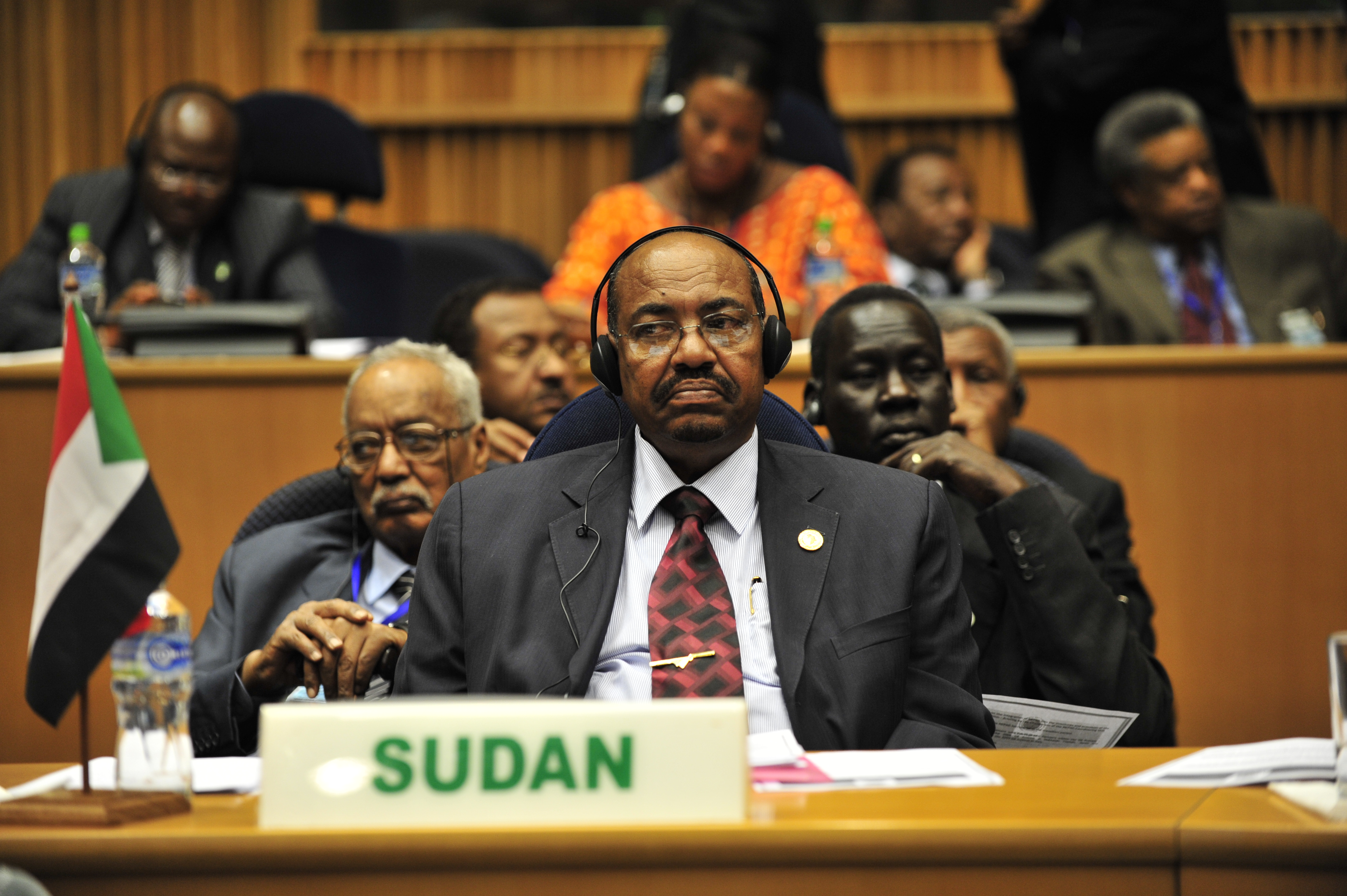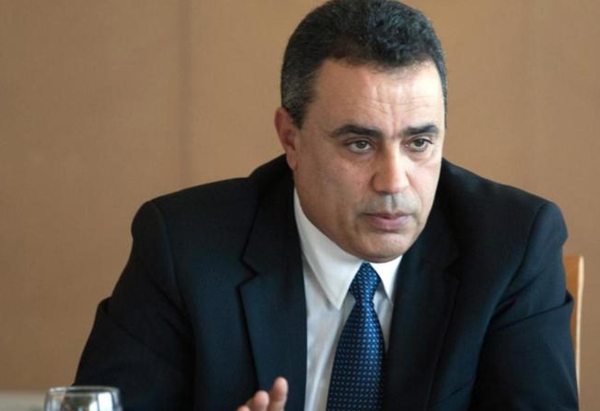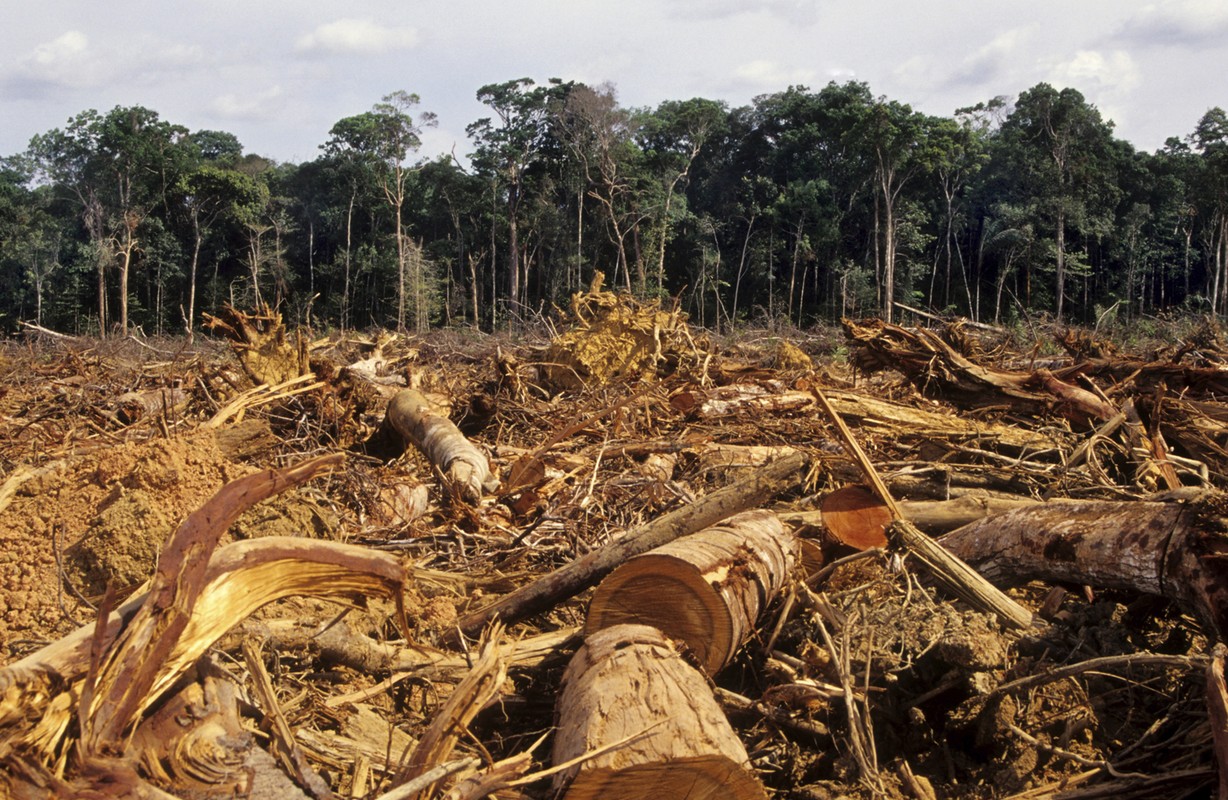By: Kavita Bapat
On 8 December, Mexican police seized 205 tons of drug precursor chemicals at the bustling Lazaro Cardenas port. The chemicals originated in China and were destined for Guatemala’s Puerto Quetzal, one of the world’s busiest intersections for illegal drugs. Guatemala’s position as an interlocking state between Colombia and the US along with the bloody spill over of Mexican-led cartels, has led the country into a vicious cycle of violence and institutional failure. Political analysts claim that Guatemala may well become a more violent hub of the drug trade in the next year than South America has ever seen. Most recently, ingredients for the manufacture and sale of synthetic drugs are flowing into Guatemala, as the nation’s cool highlands have proven a perfect climate for poppy cultivation. Additionally, the state’s lenient gun laws and long history of arms smuggling ensure that weapons are always in good supply for a ready source of cartel recruits, Guatemala’s poor and underemployed population.
Over the past five years, Central America has turned into the chief route for illegal drugs going from South American producers to US consumers. As developments in legislation regarding illegal activities and drug trafficking make shipping drugs into Mexico or the United States more complicated, traders are transporting the products through a strip of land containing some of the Western hemisphere’s most underdeveloped nations. International drug groups in Central America have built an ideal environment for their illicit activities. These countries are havens of impunity, limitless weaponry, and an ever-increasing number of youth recruits who have few opportunities to better their lives through steady employment and education. Guatemala, Central America’s northernmost nation, currently serves as the gateway for drugs travelling into Mexico by land.
Guatemalan officials and donors are attempting to fight against criminals and cartel networks that corrupt government bodies. Institutional reform, however, is hampered by the volatile nature of politics in Guatemala. Additionally, the World Bank has classified Guatemala as a lower-middle-income country, though it has a bustling market economy and affluent upper class, covering up deep-seated disparities that have left over half the population living below the poverty line. Well-heeled Guatemalans have traditionally enjoyed generous exemptions and lower personal taxes, while state institutions fail to provide the resources for basic services to fight effectively against crime and corruption, and to protect and promote human rights; including the imperative right to live without fear of violence.
Regional specialists claim that gang criminality and drug trafficking is inevitable in a state like Guatemala with demoralised police forces, an often intimidated or corrupted judicial system and “a population so distrustful of law enforcement that the rich depend on private security forces while the poor arm themselves in local vigilante squads.” In Guatemala, traffickers add to criminal activity in border regions and along drug corridors, while youth gangs terrorize neighbourhoods in Guatemala City. Recently, the vast majority of violent acts perpetrated in the nation have been credited to the Zetas, a brutal Mexican gang known for dismembering and decapitating their victims in order to send a message. Drug cartel violence, however, is but one symptom of the gangs and illegal groups that have historically controlled Guatemala’s society and weakened its institutions.
Guatemala’s widespread economic and social inequities, paired with the country’s rampant corruption and violence due to drug trafficking, pose significant challenges for recently elected President Otto Pérez Molina. According to the International Crisis Group (ICG), however, it will be impossible for Molina to accomplish this alone as “decisive support from the international community is needed to assure these challenges do not overwhelm a democracy still recovering from decades of political violence and military rule.” Both Molina and his predecessor, Alvaro Colom, have promised to get tough on criminals. According to Latin American policy analysts, however, a rigid approach that does not include a strategy to promote and further the rule of law is “unlikely to yield anything more than sporadic, short-term gains.”
For decades, Guatemala has been notorious internationally as a foremost violator of human rights. Illegal activities in the state have multiplied excessively in recent years due to the increase in the shipment of drugs through Central America. In certain regions of the subcontinent, drug traffickers have turned into prominent entrepreneurs in both legal and illegal trades. Domestic trafficking groups have also successfully seized large tracts of land and eliminated or intimidated competitors. Though, according to a report on Latin America by the ICG, there have been signs of progress over the past year. The report states that Central American authorities along with international aid “have arrested half a dozen high-level Guatemalan traffickers who are awaiting extradition to the US.”
According to regional specialists, curtailing the relative freedom enjoyed by violent drug cartels that has enabled trafficking and illegal activity to flourish will require a “long-term, multi-dimensional effort.” Specialists claim that local forces alone have yet to be as effective as they could be, citing the gruesome 15 May massacre at a remote location in Guatemala’s northern region. The massacre took place at Los Cocos Ranch, where neighbours arriving to buy fresh milk uncovered the decapitated bodies of 27 farm workers lying in a pasture. A survivor who had fooled the attackers by faking death told reporters that the killers murdered the farmers “one by one, in a spree that began at 7 PM and did not end until 3 AM the next day.” Attackers then left a message for the landowner written in blood across the wall of the ranch house stating, “What’s going on, Otto Salguero? I am going to find you and leave you like this.” The message was signed “Z-200”, which is believed to be the name of a commander from the Zetas drug cartel. Officials believe that the murderers were attempting to extort money or settle the score for a drug deal gone awry.
The Guatemalan government was praised for its swift response to the murder, as it sent troops into Petén under a ‘state of siege decree’, which gives the military rights to confiscate weapons, conduct searches, and limit certain freedoms of movement and assembly. Though the rapid arrest did not completely eradicate the terror campaign waged by the Central American cartels, the concerted efforts and rapid reaction of prosecutors and police proved effective. 65 Zeta members were in custody by September, including more than 10 suspects arrested for a similar mass murder in mid-July on a farm in Ixcan, a city bordering the Mexican state of Chiapas. According to a spokesperson for the Office of Public Prosecutors (Ministerio Publico) in Guatemala, all individuals incarcerated were Zeta operatives who are to go on trial in the country on a laundry list of charges, which range from murder to carrying illegal firearms to illicit association. Though the arrests were a breakthrough in the Guatemalan war against drugs, authorities admitted that they were “far from crippling the Zetas and other Mexican traffickers from bringing cartel wars to Central America.”
Officials of the Ministerio Publico also claim, however, that the problem is not just the inability of the northern Guatemalan state of Petén to control the Zetas but that, “groups such as the Zetas have almost inexhaustible resources and an abundance of potential recruits.” Due to the massive funds it would take to launch a full-scale war on drug cartels in Guatemala, there has been little desire among leaders across the state’s political sphere to extend military operations to other vulnerable parts of the country. Additionally, public opposition to prolonged military operations and the inevitable violence necessary to combat the traffickers has been even greater than the cost of such an endeavour. In fact, most Central Americans view President Felipe Calderon’s employment of troops to battle gang warfare in Mexico as a mistake that cost the lives of 37,000 innocent people in the past five years. Still, the Zetas constant eruptions of violence within Guatemala have put more pressure on the state to, at least, contain organized crime.
The Zetas emerged as the biggest security threat in Guatemala in 2008, when they murdered Guatemalan trafficker Junacho Leon at a shoot-out near Rio Hondo in the north-eastern Zacapa province, which led to the deaths of eleven innocent civilians. Edgar Guiterrez, Guatemala’s former foreign minister, claims that the “relatively peaceful relations that formerly reigned among Guatemala’s family-controlled drug mafias broke down with the killing of Leon.” The Zetas, however, did not flee after fulfilling their mission as was customary until that time. Guiterrez says that there are still “about 500 Zetas in Guatemala, operating in the country as a franchise of the Mexican cartel.” Although a few hundred operatives may not seem dire, the Zetas’ frightening reputation and abundant financial resources make them a fearsome threat for Guatemala’s under-resourced security forces and for their many rivals in the illegal narcotics trade throughout Central America. In Guatemala alone, the Zetas contend with local traffickers belonging to the Gulf and Sinaloa cartels. The increased presence of the Zetas in Guatemala has been attributed to a combination of factors, including heightened state enforcement in Colombia and Mexico along with the lucrative drug routes across Central America. Unlike Guatemala’s established drug networks, the Zetas are not simply “transportistas” (movers). The group has secured forces that have been intensely trained in heavy artillery, jungle warfare, and logistics.
An average of 6,000 innocent civilians has been slaughtered in Guatemala each year in the past five years alone, a figure that is nearly equal to the number of murders each year in the EU, which has nearly 36 times the population of Guatemala. Moreover, former vice president of Costa Rica, Kevin Casas-Zamora, stated that “Central America’s Northern Triangle; Guatemala, Honduras, and El Salvador; is the world’s most violent region outside of an active war zone.” Casas-Zamora added that a “crisis exists here that puts at risk the very significant achievements that the region has made over the past two decades…including the formation of imperfect but reasonably good democratic systems.”
While not all deaths in the region can be attributed to the illicit drug trade, the geographical analysis of murders outside capital cities suggests that “drug traffickers- whose activities, as noted, also include human trafficking, extortion and kidnapping- are behind the violence,” according to a report by the ICG on Latin America. A 2010 World Bank study of crime in Central America lends credence to this argument, as the study concluded that “the principal driver of violence in the region was the illegal drug trade, outranking other possible factors such as the prevalence of youth gangs, the availability of firearms and the legacy of past conflict.”
At present, therefore, violence in Guatemala is concentrated in mixed or non-native-American regions (Ladino), not in the interior of the state, where largely indigenous populations that have suffered through military repression and guerilla warfare during armed conflict reside. Activists and analysts working with the Maya population, however, are worried that the traffickers may soon move into these remote communities and put forward thousands of dollars in return for hiding tonnes of drugs awaiting shipment to Mexico. Analysts say that “it is not trafficking alone that foments crime, but more so the unprecedented amounts of cocaine coming through the region today generate enormous profits that are then invested in other illegal rackets, from weapon sales to prostitution to kidnapping and extortion rings.”



